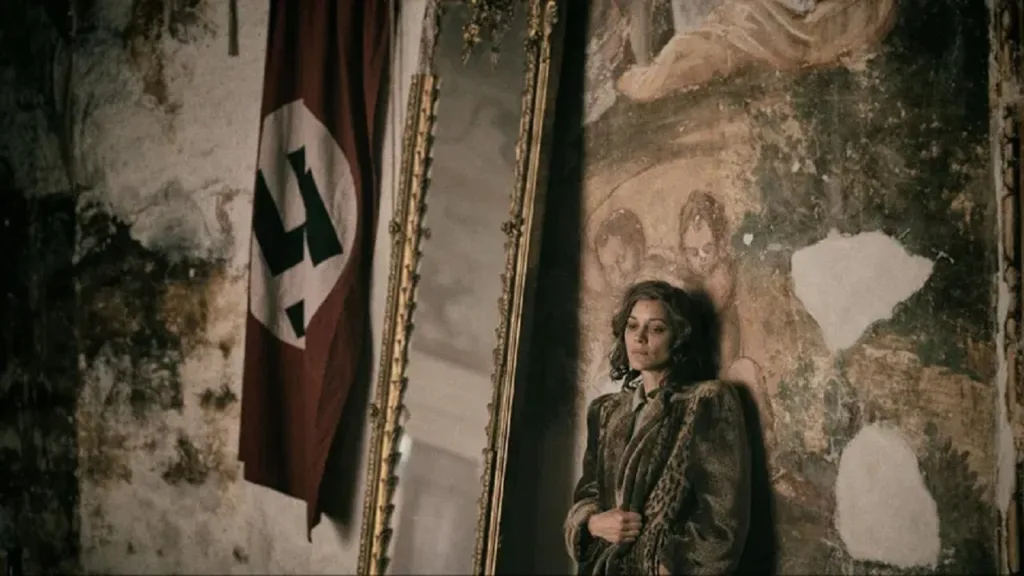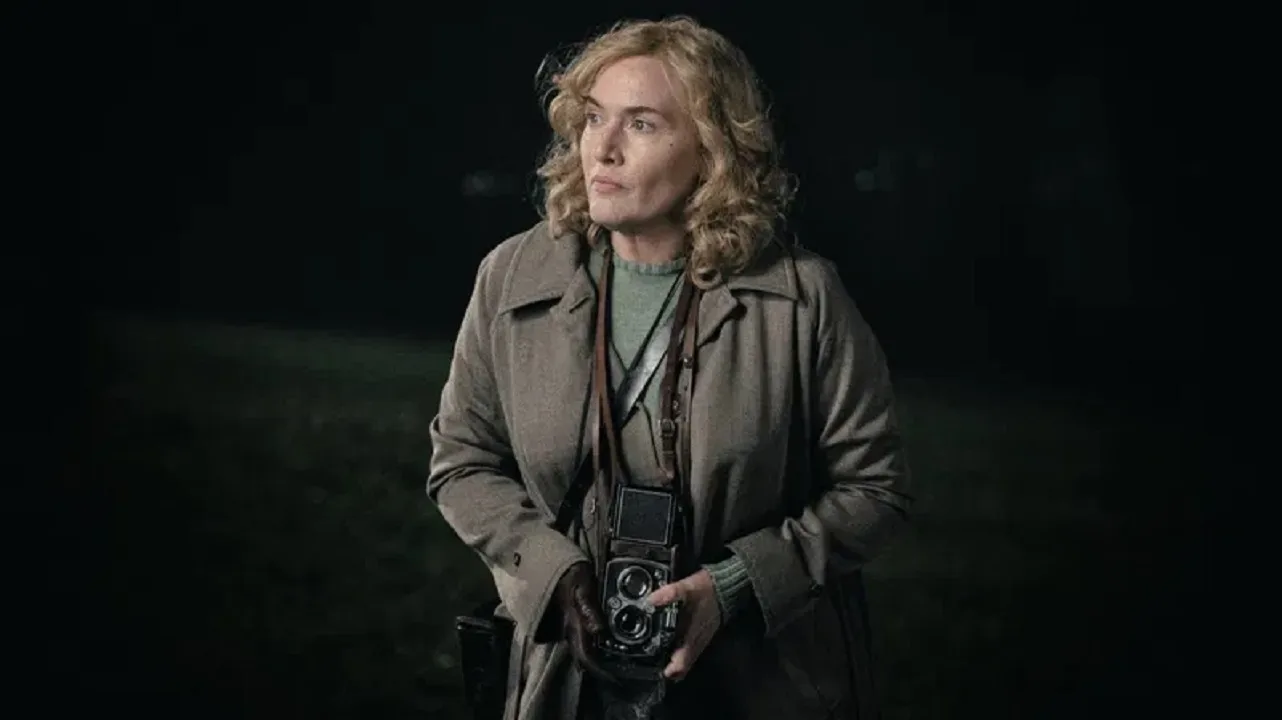A new World Battlefield II movie starring Kate Winslet tells the remarkable real tale of a battlefield photographer. In this film, she plays a woman who conveys the emotional devastation, resilience, and cruelty of war, showing audiences its personal and political effects. This drama is emotionally gripping and historically important because Winslet’s performance is a deep dive into the human soul under stress. A closer look at the film’s themes, Winslet’s part, and its significance:
Story Based on Reality
This WWII drama is based on the actual experience of a female combat photographer who risked her life to chronicle the conflict’s brutality. The film takes place in Europe during globe War II, when photographers documented the difficulties, suffering, and triumphs that transformed the globe. Having a female protagonist in a male-dominated sector at this time gives a distinct perspective on the war and women’s part in it.
Performance by Kate Winslet
Winslet lends her usual emotional depth and complexity to the part of a war photographer, who must deal with war’s atrocities and the ethical conflicts of photographing them. She shows how seeing and documenting suffering affects a person professionally and emotionally. Her performance will appeal with viewers because it depicts both the battlefield challenges and the emotional conflicts of witnesses.
Winslet’s character may be strong and frail, hardened by battle yet sensitive to the emotional toll of seeing atrocities. No mere historical recounting, this is a character-driven narrative about how conflict changes those who capture it.
Wartime Photography
The video highlights World War II photographers’ importance. These war correspondents risked their lives to record the atrocities of war, frequently being shot. Photographs from this period have helped us comprehend the battle by showing the human aspect of warfare that words cannot.

This film depicts the conflict between capturing the truth and seeing such cruelty. As Winslet forms connections with troops and citizens in conflict zones and documents their lives and devastation, she wrestles with these dilemmas.
Historical and Personal Impact
The personal aspect of history distinguishes this WWII drama from others. While the conflict is a background, the film focuses on one woman’s experience and decisions. Humanizing the tale makes the battle seem real rather than abstract.
The video also explores the photographer’s mental conflict—whether to watch or participate in events. War photographers struggle with the ethical question: when does documenting become exploitation? Should photographers help the misery they capture? Winslet’s character presumably asks these concerns throughout the film, making it a moral and historical drama.
Modern Audience Relevance
The film is set during WWII, yet its concepts remain ageless. The ethical difficulties of war reporting, the human toll of seeing atrocities, and the influence of media and photography on public opinion are pertinent today. The video examines the media’s duty to correctly report events and the emotional and psychological toll on those who do so.
With the emergence of internet platforms and quick news, war reporting has changed, but this video reminds us of the sacrifices made by those who chronicled the past. It also examines how we consume and perceive combat imagery nowadays.
